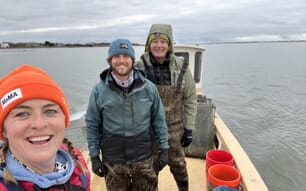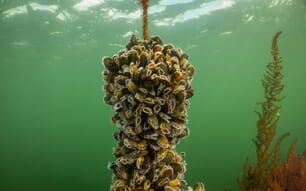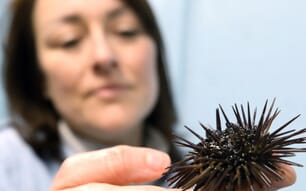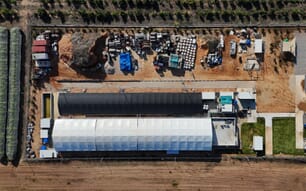Interest in using lumpsuckers as sea lice cleaners has grown enormously in the last two years throughout the salmon farming regions of northern Europe and Canada. As a result, this year it is estimated that around 20 million lumpsucker juveniles will be reared in Norway, with that figure set to increase to 40 million in 2016.
Present evidence is that lumpsuckers have the potential to complement the highly successful use of wrasse for sea lice control on salmon farms, having the advantage over wrasse of remaining active as lice cleaners over winter, and in surviving the very low winter sea temperatures in northern Norway and Canada.
Dr Jim Treasurer, Research Director of FAI Aquaculture in Ardtoe, reports that the technology for hatchery rearing lumpsuckers has progressed well, with excellent survival and rapid growth from egg to stocking.
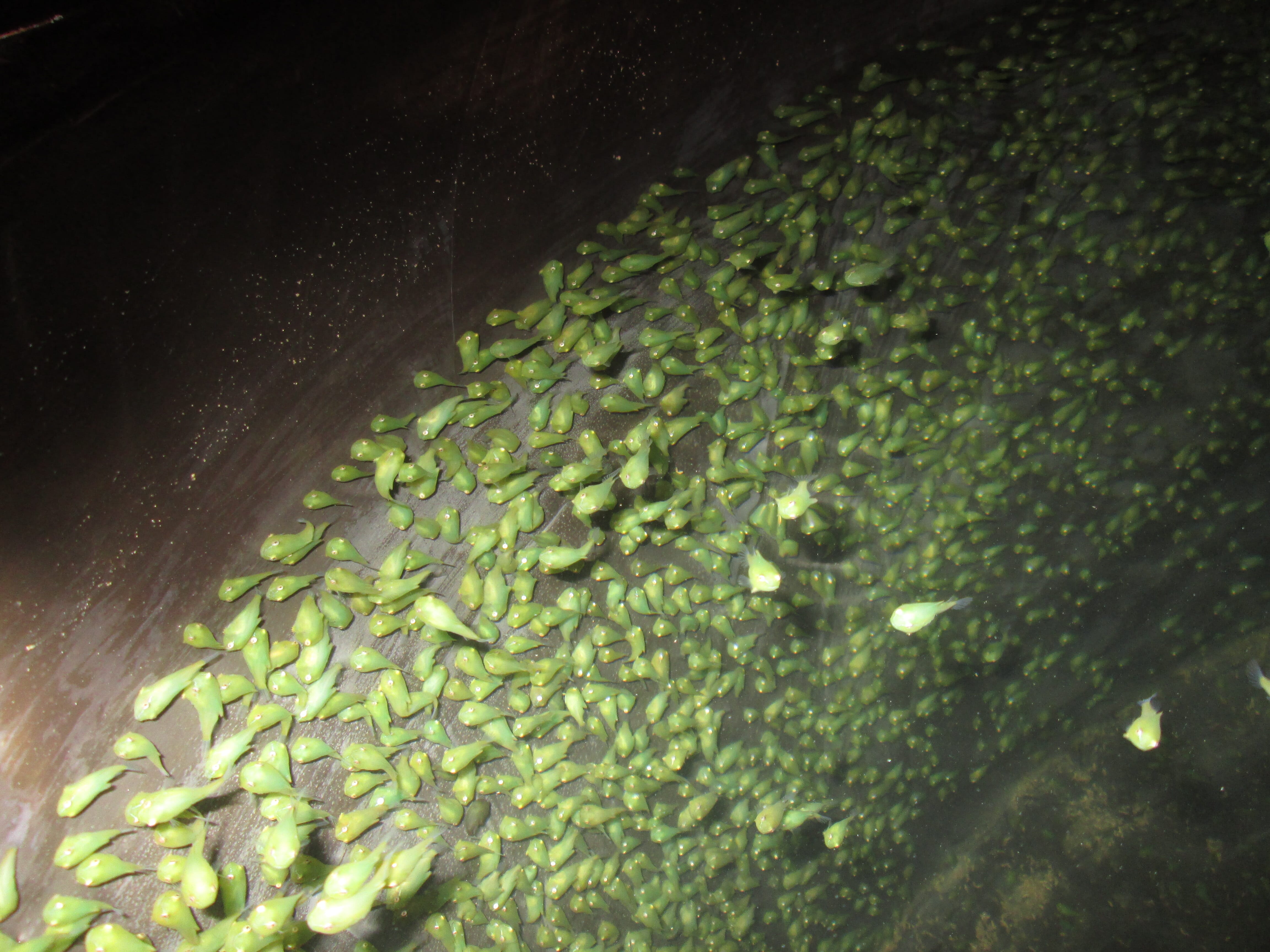
However, he notes that a key bottleneck has been the need to collect eggs from wild adults captured when they enter inshore waters in spring to spawn.
While this has yielded a ready supply of eggs, the capture and transport of broodfish takes its toll, and while they can survive long enough to produce viable eggs, either through natural spawning or hand stripping, such stocks inevitably die soon afterwards, and thus have to be replaced with newly caught breeders every year.
FAI Aquaculture at Ardtoe’s announcement that its stocks of hatchery reared lumpsuckers have produced their first batches of viable eggs is thus a major step forward in the sustainable development of lumpsucker production.
The latter breeding stocks were all reared from eggs collected from wild caught fish which were stocked in the spring of 2014, with the resulting fish attaining an average weight of 462 g for males and 1234 g for females by March 2015.
Whilst the production of eggs from hatchery reared lumpsuckers is in itself quite a breakthrough, condensing the cycle time from egg to egg to one year is quite remarkable, given the wild stocks are not thought to mature until they are four to five years old.
As is often the case, Ardtoe’s success in breeding lumpsuckers this year was somewhat serendipitous, as the stocks were still being held in relatively small conical tanks in the nursery in April when they first started to spawn.
Several batches of naturally spawned eggs were collected from the tanks in early April and despite the males showing all appearances of being mature and active, none of those batches were found to be fertile.
.JPG)
As the eggs were, at 1.8-2.0mm, smaller than those collected from wild fish (around 1.8-2.0 mm) the infertility was thought to be due to the young age and small size of the females.
Then, with the refurbishment of the Ardtoe Unit proceeding apace, and the old nursery due for demolition, the fish had to be moved to new temporary outdoor tanks in the middle of the spawning season.
Like the rest of the team, Daniel Carcajona who manages all the breeding stocks at Ardtoe was apprehensive about the effects of the move at such a time.
“It did not seem a very good idea to me to move spawning fish,” he noted, “especially given what we know about the effects of handling mature wild fish, but the tanks they were in were too small anyway, and the eggs were not viable, so we had nothing to lose.”
So Daniel and the team carefully moved the fish to their new 3m diameter, 1.5m deep tanks, and set up shade netting to protect them from the unseasonally bright sunlight.

Daniel added: “As the new larger tanks were flat bottomed, we decided to create spawning territories for the males, as we have done in the past for our ballan wrasse.”
“A few strategically placed stones proved to be an instant success with the males which immediately took up station close to them, clearly waiting for females to approach.”
Within days the first viable eggs were collected from the tanks and are now developing normally in the hatchery, with the first batches now well past the eyed stage. The first hatching is expected in the third week of May.
Commenting on the closing of the lifecycle of lumpsuckers, the Managing Director of FAI Ardtoe, Dr Tim Atack, said: “Not only does this breakthrough make the large scale production of lumpsuckers more viable and sustainable, it also opens up the opportunities for us to work with our colleagues in Benchmark’s Breeding and Genetics and Animal Health divisions, to develop strains of lumpsuckers that are more resistant to disease, and better at cleaning lice.”
He then added: “As we know that lumpsuckers tend to stop feeding on lice when they reach an average weight of 300-400g, we could even be looking to develop strains that grow more slowly.”
Noting that option, he added: “After a lifetime in aquaculture trying my best to get fish to grow as quickly as possible, I did not think that I would ever hear myself say that!”
You might also like to read:

